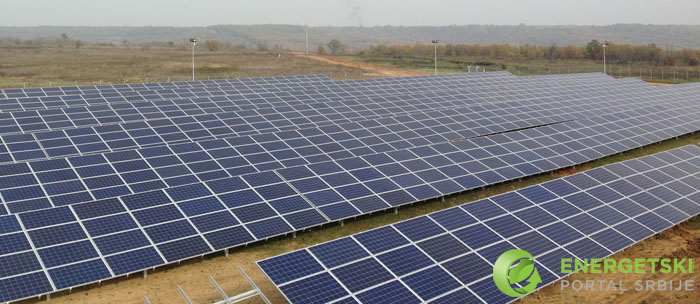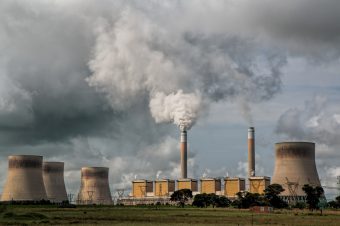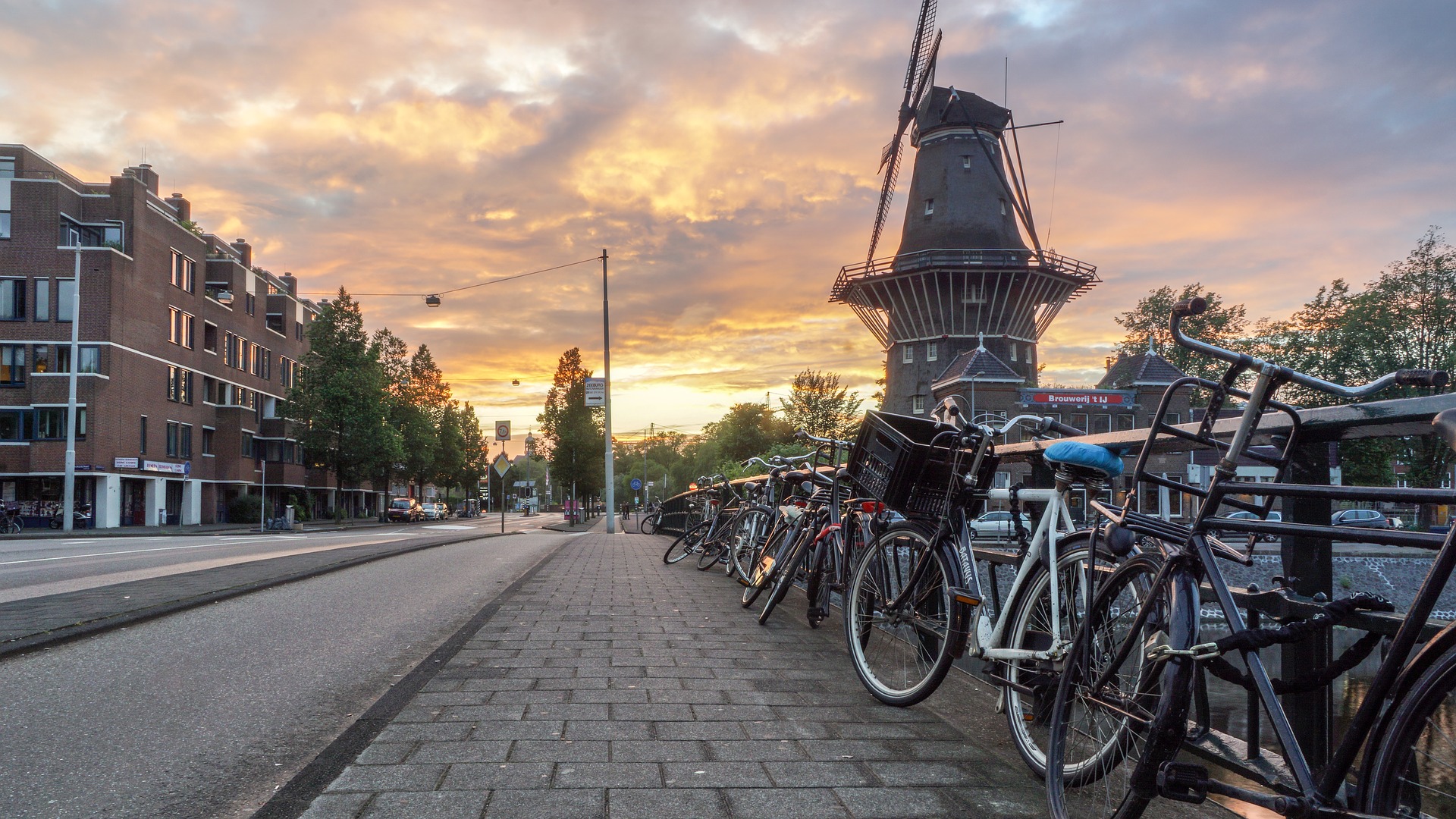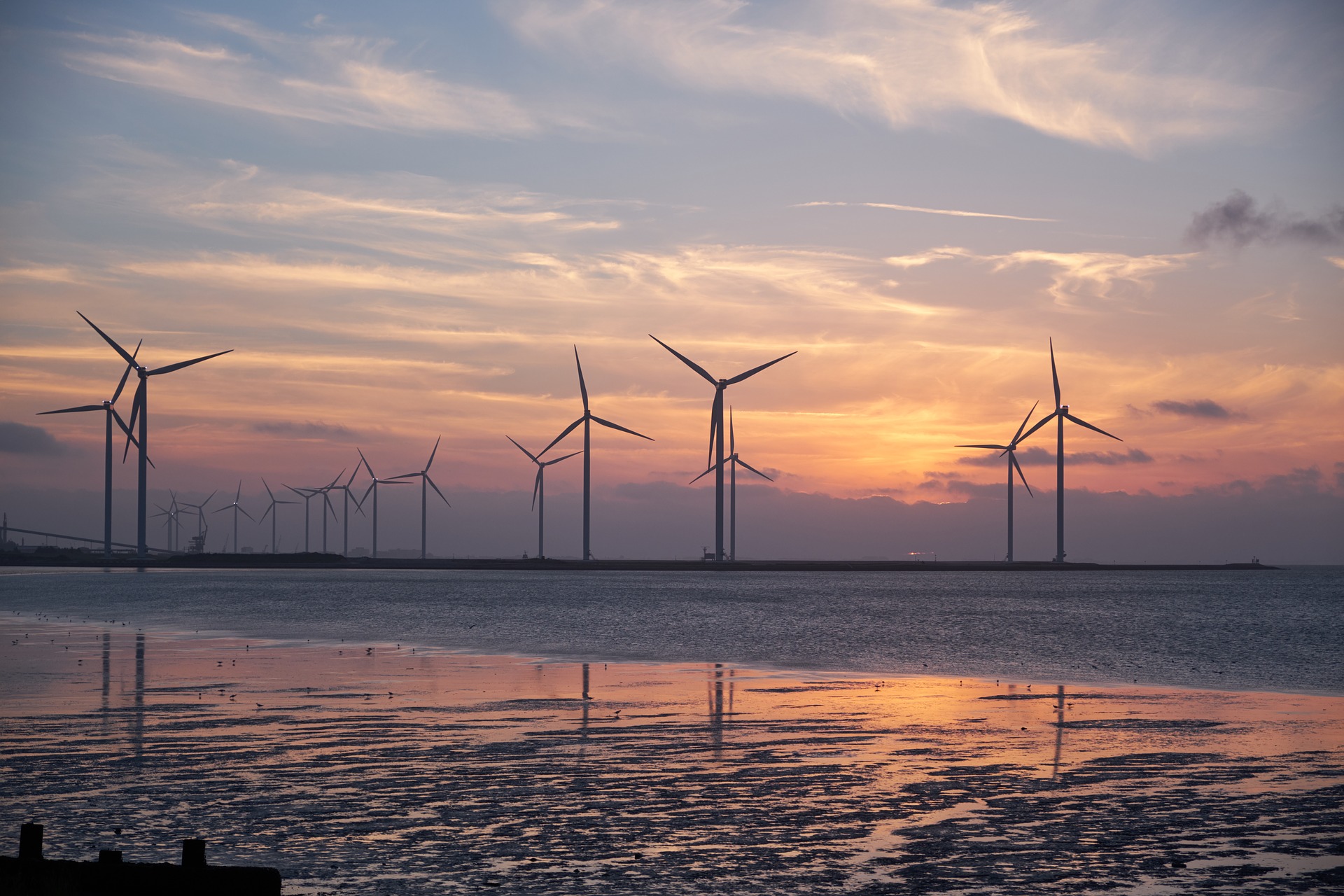
China’s grid-connected wind power capacity continued to pick up, but the utilization rate was waning after years of capacity expansion, the latest data from the National Energy Administration (NEA) showed.
China’s total installed capacity of wind power generation facilities connected to the power grid reached 139 million kilowatts by the end of September, up 28 percent from a year earlier, according to the NEA.
The growth rate outpaced that of the nation’s total power use, a key barometer of economic activity, which totaled 4.5 percent year on year for the first nine months, official data showed.
The first nine months also saw newly added grid-connected wind power generation capacity of 10 million kilowatts, said the NEA.
However, those power generation facilities had average utilization hours of 1,251 in the first nine months, declining by 66 hours from a year earlier.
Of all provincial areas, Southwest China’s Yunnan province registered the largest gain in grid-connected wind power capacity of 2.26 million kilowatts in the first nine months.
China, the world’s second largest economy, has been trying to develop a clean energy network and pursue green growth in recent years.
Source: chinadaily.com.cn



























 GE announced two days ago a significant expansion of its suite of Predix -based software for power producers, grid operators and energy managers.
GE announced two days ago a significant expansion of its suite of Predix -based software for power producers, grid operators and energy managers.